Experimental Music
Origins and Early Developments
Experimental music has its roots in the early 20th century, with the advent of modernist movements that sought to break away from traditional forms and structures. The term "experimental" was first used in this context by composer John Cage in the 1950s, to describe works that were not based on existing musical traditions or conventions.
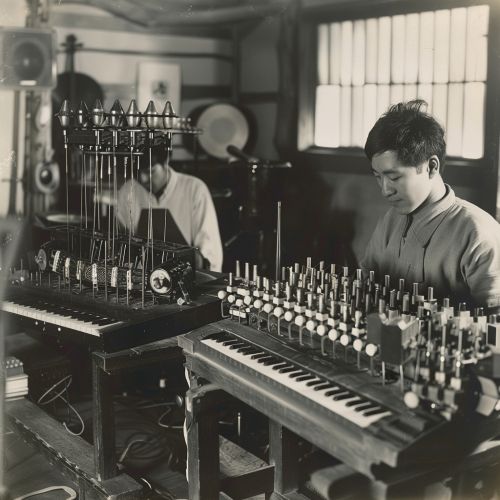
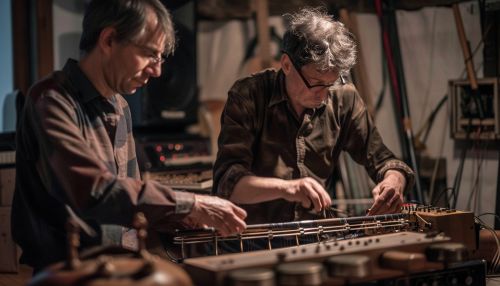
The early experimental music was often characterized by the use of unconventional instruments, such as the theremin and the ondes martenot, and by the exploration of new ways of producing and organizing sounds. This period also saw the emergence of new musical techniques, such as aleatoric music, which involves elements of chance or randomness, and microtonal music, which involves the use of intervals smaller than a semitone.
Mid-20th Century Developments
In the mid-20th century, experimental music continued to evolve and diversify, with the emergence of new genres and sub-genres. One of the most significant developments during this period was the advent of electronic music, which opened up new possibilities for sound production and manipulation. Composers such as Karlheinz Stockhausen and Pierre Schaeffer were pioneers in this field, experimenting with tape music, musique concrète, and early forms of synthesis.
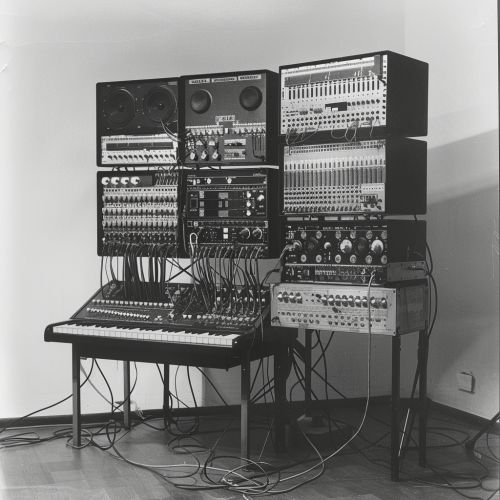
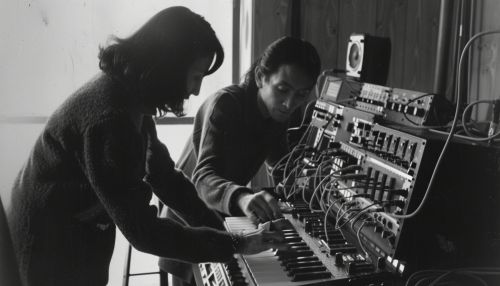
Another important development during this period was the rise of minimal music, characterized by repetitive structures and a focus on the process of composition. Composers such as Steve Reich, Philip Glass, and Terry Riley were key figures in this movement.
Late 20th Century to Present
In the late 20th century and into the 21st century, experimental music has continued to evolve and expand, with the advent of digital technologies and the internet providing new platforms and tools for experimentation. Genres such as noise music, drone music, and glitch music have emerged, pushing the boundaries of what is considered music.
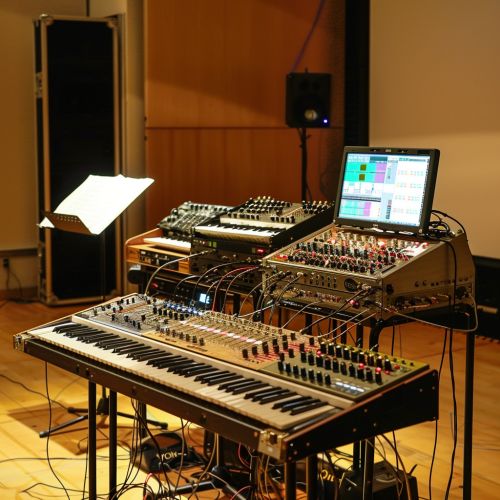

In recent years, there has also been a resurgence of interest in early experimental music techniques, such as aleatoric and microtonal music, as well as a growing interest in cross-disciplinary collaborations, with artists from different fields coming together to create new and innovative works.
Impact and Influence
The impact of experimental music can be seen in a wide range of genres, from rock and pop to classical and jazz. Many popular musicians, such as The Beatles, David Bowie, and Radiohead, have incorporated elements of experimental music into their work, helping to bring it to a wider audience.

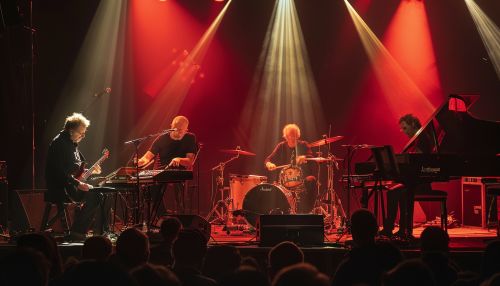
At the same time, experimental music has had a profound influence on the development of contemporary classical music, with many composers drawing on its techniques and ideas. It has also played a key role in the development of electronic music, from the early experiments of Stockhausen and Schaeffer to the cutting-edge works of today's digital artists.
